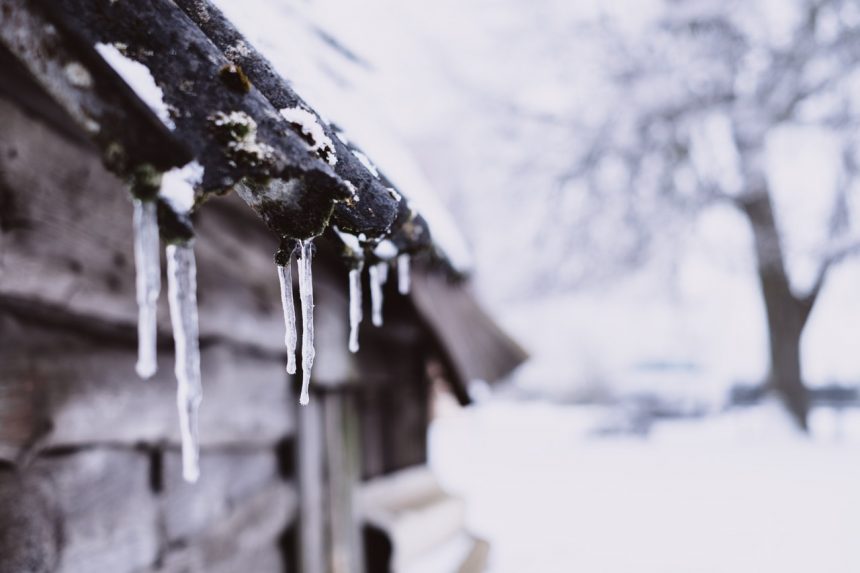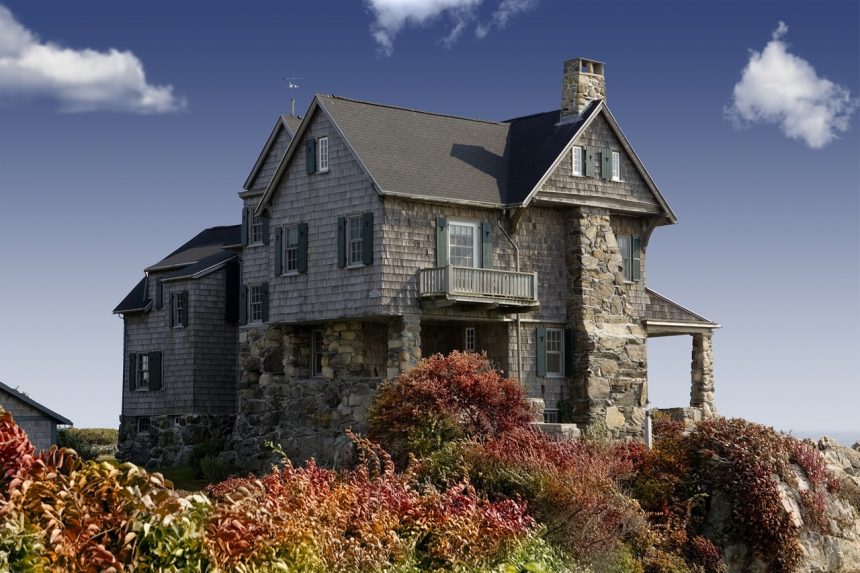When people go to the handy dandy residential homeowners warehouse store such as Home Depot or Menards, or to the local HWI or Ace hardware store to buy wire for the typical homeowner home improvement projects they are often not dealt with honestly by those retailers. An informed shopper can avoid those pitfalls that do await them!
People who do not do electrical wiring professionally do not have basic information that will enable them to make wise and economically sound purchase decisions. They often enter the stores with a desire to do the best work anyone has ever seen, and they wish to buy the “very best” materials to use in the completion of their project.
When the homeowner or handyperson approaches the sales assistants in the store they are walking into the flood gates of abuse if they are not informed buyers. I will teach you about buying the wire that is often referred to as “romex” which is in fact non-metallic building wire meaning it is non armor clad electrical building wire suitable for use in a residence or domicile not intended to house 100 or more people and will be secured inside walls behind wall-covering material such as drywall, tongue and groove car-siding or such other coverings.
I am called to many projects started out in this fashion to resolve issues or building code disputes that arise in some such cases and have learned an immense amount on these occasions about how homeowners and handymen are used and abused by retailers working from an agenda in which they have been instructed to “sell something” and “let no one leave without a purchase in their hands”. Some other cases in which the customer comes in and wants the “best materiels”, the sales people make sure they get it. Invariably, these conditions often mean that the unwary homeowner or handy-person will leave with materials they do not need and which they paid far more for than what the project actually called for. What is always “the best” for electrical installations is what is “right” for those installations.
I am not going to try to teach people how to be adequate electricians. I have had apprentices with me for years who could not pass the Journeyman’s exam. Electrical wiring is a very professional career and requires much experience and training to successfully complete a licensure exam. It would be unreasonable to think you will learn how to be a proficient electrical wiring expert after reading a brief article relating to only one aspect of it is not my intention to teach people to be electrical professionals thru an article on the internet.
I wish to help people be less of a sheep to the “artful hardware guy” who wants to sell you products based upon profit margin for the store. As a professional electrician I know the value of reducing expenses thru the art of not adding unnecessary expense to a job.
There are three sizes of wire you need to know. Those sizes are used for specific things thru out your home. These are not the only wire or wiring methods in a home, but these sizes and style represent over 95% of the wire in the average residential dwelling.
14-2 NMB with Ground | 12-2 NMB with Ground | 14-3 NMB with Ground
The three sizes of non metallic sheathed cable mentioned here are the primary wire sizes used in general home residential electrical systems. The 14-2 is the size we will cover first. This wire is what is used to supply electrical energy to receptacles and lighting in general use areas of your home. Bigger wire is not better. What is “better” is to use the wire that is appropriate for the need and the amperage requirements of the area in question. In living rooms, bedrooms, family rooms, hallways and all lighting circuits of a general nature the 14 gauge wire is fully adequate. This wire is suitable for up to a 15 ampere over current protection device which is a breaker or a fuse. Never, under any circumstances place a 14 gauge conductor under a feed or over current protective device rated over 15 Amperes, simply never. That size wire will burn under a larger OC device. It is not a matter of if. It is only a matter of when.
The next wire size to be aware of is 12-2. That wire is used for heavier household loads such as kitchen countertop receptacles, bath receptacles, laundry 110 Volt usage receptacles and dining rooms. This size wire or “AWG” (American Wire Gauge) as wire sizes are referred to is for use when attached to and supplied by overcurrent protection devices such as breakers or fuses not rated at over 20 Amperes. Again, this wire too will burn if connected to an OC device rated over 20 Amps.
The third wire mentioned above is 14-3. This wire is for wiring loads such as ceiling fans with a light in order to permit the separate control of the fan from the light. It is also very useful for wiring in 3 amp; 4 way switching systems which will enable a load to be switched from multiple locations thru-out the area concerned, such as a room with multiple entrances, or a hall way light that an occupant may wish to turn on at one end of the hall and turn off the same light at the other end.
The 12-3 wire that I have seen sold to unwary homeowners because it is “the best” is a wire so seldom actually needed that I am surprised hardware stores even carry it. I have seen poor homeowners sucked into a pit of gullibility in which they were sold 12-3 wire for living room applications and the inherent difficulty of using such wire in general use applications such as living rooms truly makes for a sense of pity for the unwary victim of sales people.
Never mix 14 gauge wire and 12 gauge wire on the same circuit. It is unsafe and unprofessional to do so.
 I have been called to homes where a homeowner was told that they wanted 10-3 wire-which is huge for mere receptacle circuits! When they went home and completed the job, and after installing their new wood paneling over the electrical wiring installation, they found they could not install the receptacle outlet devices on the wires and get the devices back into the electrical box well enough to mount them to the box. They then decided to try to cut the huge 10 gauge wires very short and thus have less distance which to bend the wire into the box in order to enable them to possibly make the device fall more naturally into position in the box so that the receptacle and switch devices could be screwed into the outlet box.
I have been called to homes where a homeowner was told that they wanted 10-3 wire-which is huge for mere receptacle circuits! When they went home and completed the job, and after installing their new wood paneling over the electrical wiring installation, they found they could not install the receptacle outlet devices on the wires and get the devices back into the electrical box well enough to mount them to the box. They then decided to try to cut the huge 10 gauge wires very short and thus have less distance which to bend the wire into the box in order to enable them to possibly make the device fall more naturally into position in the box so that the receptacle and switch devices could be screwed into the outlet box.
That did in fact make the job even more difficult in fact as the fact is, the shorter the wire conductor, the harder it is to bend. That job was one of the most difficult “repair and troubleshoot” jobs I have ever encountered of that type. Ten gauge wire is almost never what you want in a home unless you are supplying power to an electric dryer, some-although very few-microwaves, some air conditioning systems and geo-thermal heating appliances and some electric baseboard heaters.
A wise shopper who is informed can make decisions when buying electrical wiring products that can allow them to make sound purchase decisions. The homeowner can then make installations in keeping with what is appropriate for the application and protect their checkbook from greedy sales and aggressive marketing by retailers.






 After you have finished your countertops you will need to finish the outer walls of your Barbecue enclosure. There are a number of things you can do to finish off your barbecue, but the most popular ways are to either stucco, tile, or use natural stone. With stucco you will have to get stucco mix and stucco color, then mix it and trowel it in to the desired finish. To tile just get your mortar and notched tile trowel and put on your mortar and tile. You will also need a tile saw to do this. If you go with natural stone it will basically be the same as using tile. Any of these materials you use will enhance the look of your backyard barbecue and make you the hit of any party.
After you have finished your countertops you will need to finish the outer walls of your Barbecue enclosure. There are a number of things you can do to finish off your barbecue, but the most popular ways are to either stucco, tile, or use natural stone. With stucco you will have to get stucco mix and stucco color, then mix it and trowel it in to the desired finish. To tile just get your mortar and notched tile trowel and put on your mortar and tile. You will also need a tile saw to do this. If you go with natural stone it will basically be the same as using tile. Any of these materials you use will enhance the look of your backyard barbecue and make you the hit of any party.


 Over time, especially as many affluent homeowners are health-conscious, I believe soy-based and other varieties of “smokeless candles” will become the industry standard. Normal wax candles will be a thing of the past, only making the occasional appearance in an antiques store or Williamsburg colonial reenactment.
Over time, especially as many affluent homeowners are health-conscious, I believe soy-based and other varieties of “smokeless candles” will become the industry standard. Normal wax candles will be a thing of the past, only making the occasional appearance in an antiques store or Williamsburg colonial reenactment.
 These things do still exist in our society. We tend to rely solely on our television or computer for news and entertainment. Most of us have really good books that are just collecting dust. This just might be your golden opportunity to pick one up and begin reading. I know, not everyone finds reading the most exciting past time. Don’t worry; this is only the second suggestion. Move on.
These things do still exist in our society. We tend to rely solely on our television or computer for news and entertainment. Most of us have really good books that are just collecting dust. This just might be your golden opportunity to pick one up and begin reading. I know, not everyone finds reading the most exciting past time. Don’t worry; this is only the second suggestion. Move on. There are all sorts of games you can play without using electric. Some of the best past time games are card games. This can work if you are by yourself, or even more fun if you are with a group of people. If cards aren’t your thing, board games are always fun. Again, this helps if you have several people to participate.
There are all sorts of games you can play without using electric. Some of the best past time games are card games. This can work if you are by yourself, or even more fun if you are with a group of people. If cards aren’t your thing, board games are always fun. Again, this helps if you have several people to participate. Yes, I have saved the best for last, because radio always keeps me entertained no matter what seems to be going on. As most of us know, not every radio requires electric. We of course have all sorts of options available to us, if the batteries are charged and ready to go. Listening to your favorite music or radio talk show can do wonders to pass the time.
Yes, I have saved the best for last, because radio always keeps me entertained no matter what seems to be going on. As most of us know, not every radio requires electric. We of course have all sorts of options available to us, if the batteries are charged and ready to go. Listening to your favorite music or radio talk show can do wonders to pass the time.
 I have been called to homes where a homeowner was told that they wanted 10-3 wire-which is huge for mere receptacle circuits! When they went home and completed the job, and after installing their new wood paneling over the electrical wiring installation, they found they could not install the receptacle outlet devices on the wires and get the devices back into the electrical box well enough to mount them to the box. They then decided to try to cut the huge 10 gauge wires very short and thus have less distance which to bend the wire into the box in order to enable them to possibly make the device fall more naturally into position in the box so that the receptacle and switch devices could be screwed into the outlet box.
I have been called to homes where a homeowner was told that they wanted 10-3 wire-which is huge for mere receptacle circuits! When they went home and completed the job, and after installing their new wood paneling over the electrical wiring installation, they found they could not install the receptacle outlet devices on the wires and get the devices back into the electrical box well enough to mount them to the box. They then decided to try to cut the huge 10 gauge wires very short and thus have less distance which to bend the wire into the box in order to enable them to possibly make the device fall more naturally into position in the box so that the receptacle and switch devices could be screwed into the outlet box.
